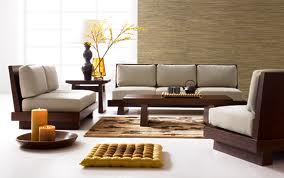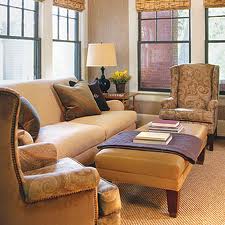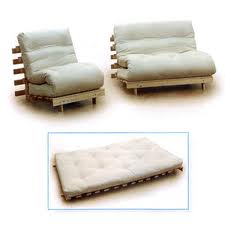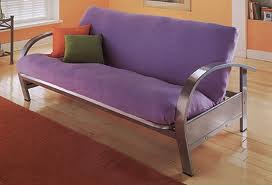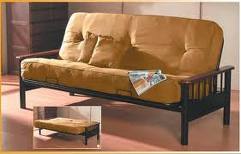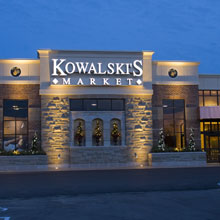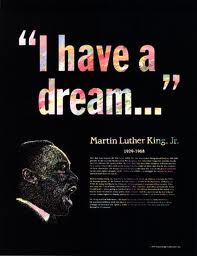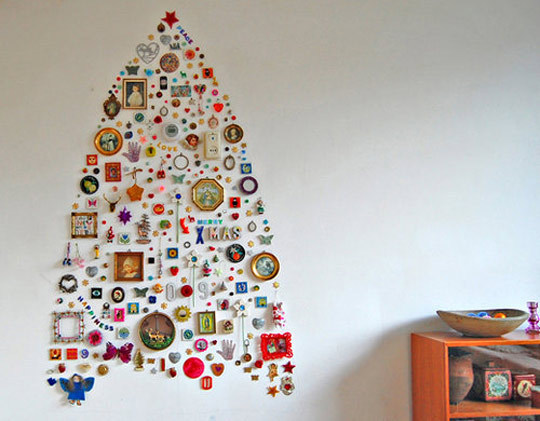 The other day I noticed that there are a lot of places I don’t go to in the grocery store anymore. I don’t go down the bottled water aisle, for example. I haven’t been down the frozen food aisle for more than a decade now.
The other day I noticed that there are a lot of places I don’t go to in the grocery store anymore. I don’t go down the bottled water aisle, for example. I haven’t been down the frozen food aisle for more than a decade now.
Making our own no-knead artisan bread and homemade pitas, we never have occasion to visit the bread aisle. Likewise, the bakery aisle is visited only on rare occasions. Bagels are an occasional treat.
Since we only purchase muesli, cut oats and kasha, the cereal aisle is a 30 second trip. About four years ago we stopped buying soda pop and snacks – so that aisle isn’t on my list anymore.
Basically we purchase fresh fruits & veggies, eggs and cheese, a little meat and fish, coffee and tea along with nuts, dried beans, spices, flour and some pasta. We try to cook with fresh ingredients almost every day.
In fact the cleaning aisle and paper products section only see limited visits from us these days. We use cloth. We clean with vinegar (makes a great dishwasher rinse agent) and baking soda most of the time. Lemon or lime juice is one of the strongest disinfectants you can use. After juicing one for a recipe rub it on cutting boards, sinks or knives.
Of course, none of these are absolutes. When a guest is coming who enjoys sparkling water I will purchase it. The same is true of crackers or other items. However, they are no longer a weekly item on my grocery list.
A couple of years ago my cousin and I purchased a soy milk machine. Now we make our own rich, creamy soy milk for pennies – and share the machine.
In the summer the farmer’s market gets most of our attention. Over time we continue to adjust and change what we purchase and how we cook.
All in all, it’s interesting to notice where I don’t go in the grocery store these days.
You may also like Christmas Craziness or Christmas Spirit? and Kowalski’s Grocery Store and Fiji Water.
